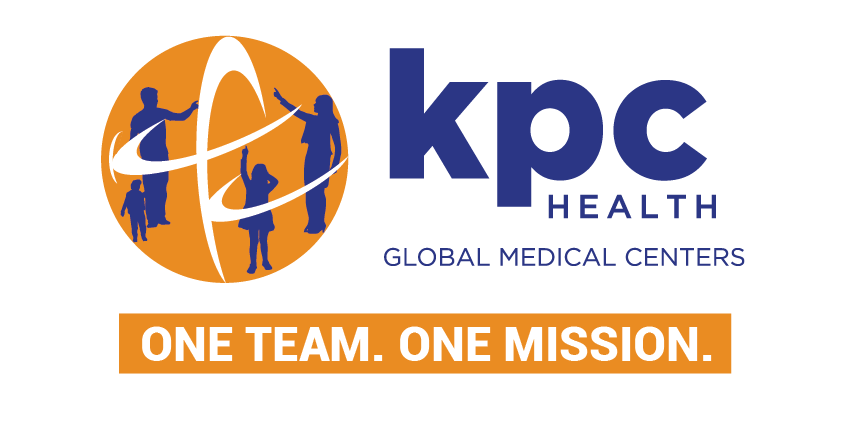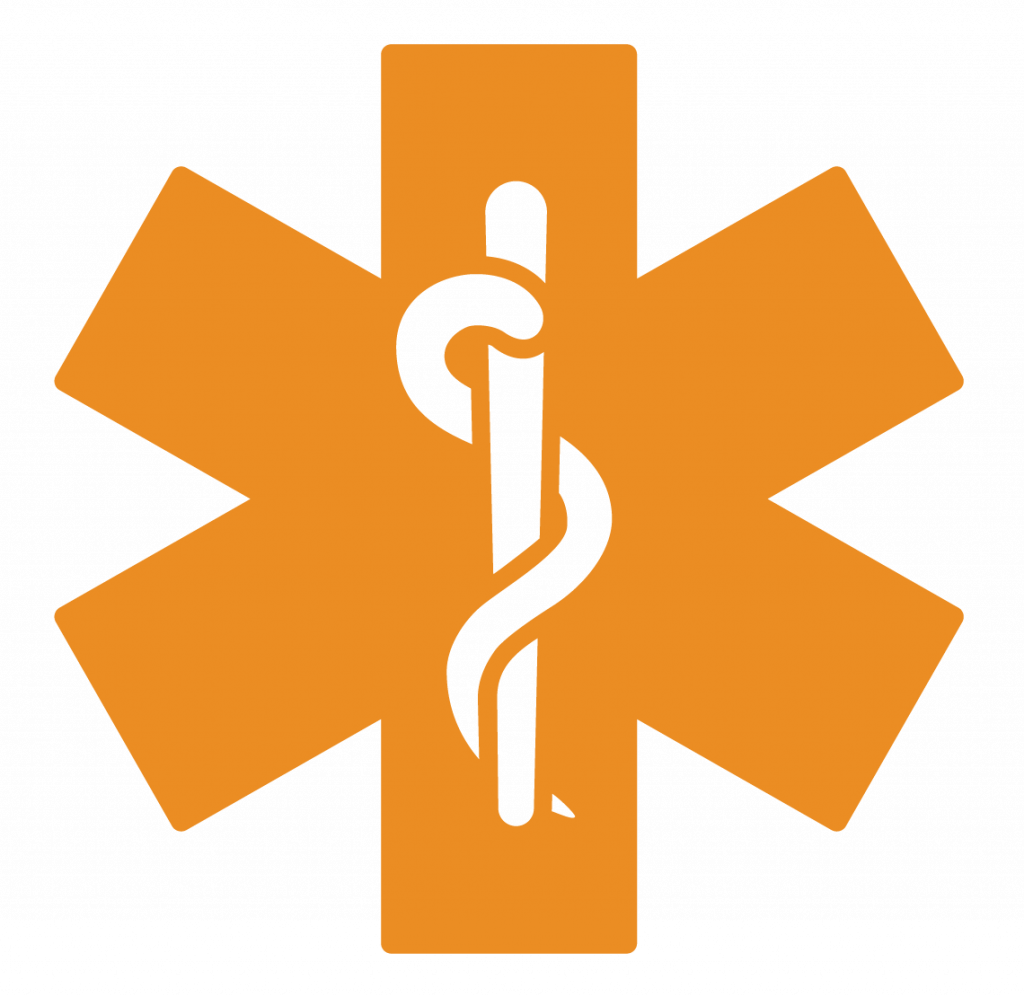To Buy Zithromax Online Visit Our Pharmacy ↓
 Zithromax Resistance: Causes and Prevention
Zithromax Resistance: Causes and Prevention
How Overuse of Zithromax Spurs Resistance
A familiar scene: a worried parent, a hurried clinician and a prescription handed over for a quick fix. Teh frequent use of this antibiotic nudges bacteria to survive rather than surrender.
Repeated exposure creates selection pressure: susceptible strains die, while mutants with resistance traits persist and multiply. Even short or incomplete courses contribute, turning common infections into harder-to-treat problems.
Communities face outbreaks, longer recoveries and limited options as potency wanes; health systems bear higher costs and complexity. Responsible prescribing, accurate diagnosis and patient adherence are essential to safely preserve efficacy.
Bacterial Mechanisms That Evade Azithromycin Action

Teh lab bench seemed ordinary, yet microbes were practicing survival strategies against zithromax. Some bacteria alter the drug’s target — methylating ribosomal RNA or mutating binding sites — so macrolides no longer dock. Others pump the drug out with efflux systems, or enzymatically modify it, rendering therapy impotent. Small membrane changes reduce uptake, and biofilm communities create protected microenvironments where antibiotics barely penetrate.
These mechanisms spread rapidly through plasmids, transposons and mobile elements, allowing resistant traits to jump between species. Stressful exposure selects rare mutants and persister cells that survive courses of treatment, seeding future relapses. Clinicians and researchers must recognize this adaptive arsenal: understanding the molecular tricks helps design combination strategies, dosing tactics and diagnostics to outpace resistance and protect effective use of zithromax for patients and communities. Robust surveillance, stewardship and public education amplify clinical benefits and save lives.
Role of Misdiagnosis and Unnecessary Prescriptions Worldwide
In a busy clinic a patient coughs and expects a fix; clinicians under pressure sometimes reach for familiar antibiotics like zithromax. Streamlined decisions can feel compassionate but risk harm.
Without rapid diagnostics, viral infections are often mistaken for bacterial ones. Overprescribing becomes normalized across regions, particularly where guidelines are weak or clinicians face heavy caseloads and limited time.
Patients often demand antibiotics and pharmacies sometimes comply without prescriptions; Teh result is widespread access to medicines, fueling inappropriate use and making resistance a transnational and costly challenge.
Surveillance, clinician education, and stricter dispensing rules can reverse trends. When countries invest in proper diagnosis and stewardship, unnecessary zithromax prescriptions fall, protecting communities and future treatment options globally.
Consequences for Patients Communities and Healthcare Systems

Patients face prolonged illness and failed therapies when common drugs stop working; a simple respiratory infection can become severe, needing stronger antibiotics and longer recovery times.
Families suffer emotional and financial strain as repeated visits and hospital stays accrue costs that many can't bear. Treatment pathways shift from oral zithromax to costlier intravenous agents.
At the population level, outbreaks of resistant bacteria can Occured unexpectedly, undermining public health gains and making routine procedures riskier. Herd protection erodes and vulnerable groups are hit hardest.
Health systems confront skyrocketing expenses, bed shortages, and a scramble for limited second-line drugs. Investing in prevention and stewardship is Neccessary to avoid a future where common infections are once again lethal.
Stewardship Strategies Doctors and Pharmacies Must Adopt
In clinic corridors, clinicians confront a quiet crisis: common prescriptions like zithromax are losing punch. Teh narrative should start with robust diagnostics—rapid tests and culture where possible—and clear criteria for when antibiotics truly matter.
Doctors must combine guideline-driven choices with delayed-prescription tactics and shared decision-making, explaining risks and benefits to patients. Pharmacies can flag repeat fills, audit prescribing patterns, and offer counseling to discourage unnecessary use.
Together they build feedback loops: audit data informs education, stewardship rounds refine practice, and easy-to-follow leaflets help patients complete regimens only when indicated. Small system changes protect drug efficacy and restore trust. Clear policies, continuing education, and public reporting accelerate change locally and globally. Metrics should be openly transparent.
Practical Steps Patients Can Take to Prevent Resistance
When I first had a stubborn sore throat, my doctor explained why taking antibiotics only when needed matters: each unnecessary pill nudges bacteria closer to resistance. Patients can start by insisting on accurate diagnosis — ask for tests or a careful exam rather than demanding meds. Teh right question is, could this be viral?
Finish prescriptions exactly as directed; stopping early leaves survivors that breed resistance. Avoid sharing or keeping antibiotics for later — storing leftover azithromycin tempts self-treatment that fuels community spread. If side effects occur, call your clinician instead of doubling or halving doses without guidance.
Stay vaccinated, practise good hygiene, and discuss alternatives like symptomatic care or delayed-prescribing when appropriate; these small acts protect family and healthcare resources. Track local resistance patterns if possible, and keep informed from trusted sources to make better choices for yourself and neighbours carefully. CDC - Antibiotic Use NCBI - Azithromycin review












